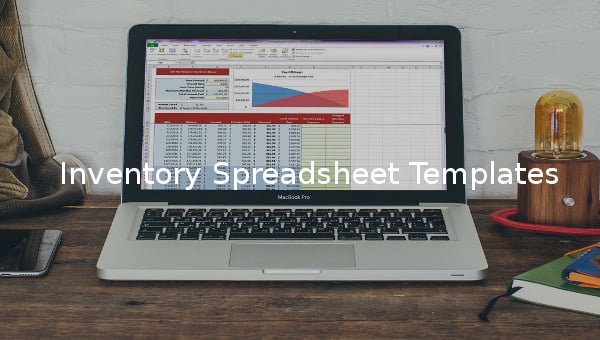
17+ Food Inventory Templates – DOC, PDF
A food beverage inventory template helps you keep stock of how much food sample you have in stock for your…
Sep 13, 2019
An inventory is one of the assets of a business entity covering the sales and the purchases of merchandising business industries. Simple Inventory of products is listed on a database as a directory. This is usually set on a database software, such as an inventory management software, which has the feature to define a business entity’s inventory turnover.

To analyse inventory, a business entity must be able to create a listing of all the products in stock to properly manage inventory and to record accurately the needed percentages of analysis determining the position of inventory in the financial performance of the business entity.
Merchandising business entities deal with loads of inventory which is why these businesses need to incorporate a system that oversees control of inventory from purchase to delivery. This process is called inventory management.
An inventory covers a large percentage in an entity’s assets. Thus, proper management of these inventories will result to efficiency and accuracy in the business operations.
Inventory management entails the following elements:
Some of the Inventory Templates in PDF, which form part of the Inventory Control Templates, are provided on this website, as follows:
There are items in a business entity’s inventory which need attention and should be tracked on a regular basis. Take, for example, the food ingredients in food stores which must be monitored by the food personnel, which is made easy with the use of food inventory templates. Tracking inventory properly is done with the following steps:
Computing the inventory of the business entity is an essential information for the inventory report. The following are the components to calculate inventory, specifically evident on retail inventory templates, as follows:
Inventory is a vital asset especially for business industries whose sales lie on merchandise. Thus, inventory must be managed well in order to have more gains and less losses for the business entity.

A food beverage inventory template helps you keep stock of how much food sample you have in stock for your…

The new and improved free inventory spreadsheet templates provide an infinitely better control and management of you inventory. With options like…

Managing a restaurant is always easy with the restaurant inventory template, this template help to make the job easier. You…

The access inventory templates help make critical decisions in a retail shop, management, sales, and manufacturing. You can control stock…

An Inventory Audit is a procedure of bookkeeping the Inventory level of an organization. It keeps up the record of…

In order to keep a track of all the items in your business, organization, or home, you need to create…

The spiritual inventory is made to check the degree of one’s spirituality how one feels connected to God and the…

A proper process of inventory control must be implemented every time you will host or organize a workshop. Doing this…

Ensuring that you have an accurate count of your stock, supplies, and/or raw materials can help you prepare properly for…